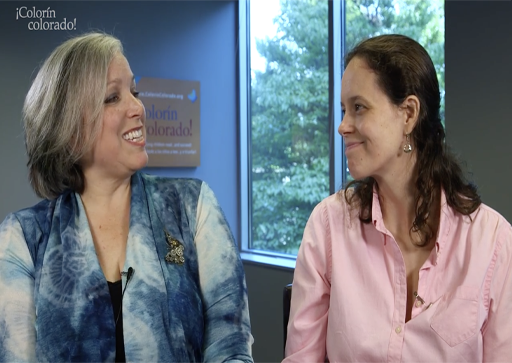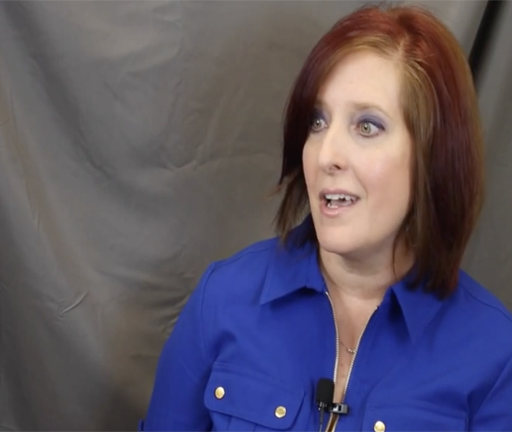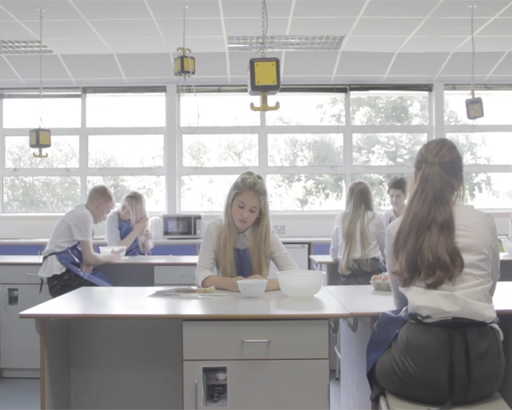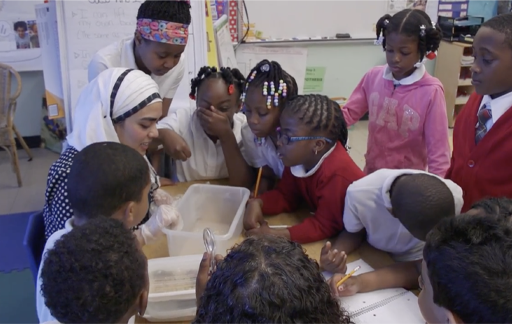4 Advocating for others
Drawing on a range of literature Bradley-Levine (2021) suggests a variety of advocacy roles that teachers can take up. They can:
- create democratic and caring learning spaces
- use place-based and culturally-relevant instructional approaches that aim to empower students
- build connections to those who share similar cultural backgrounds or educational experiences
- seek solidarity with other teachers through collective struggle on behalf of their students
- knowingly act toward social change
- take an interest in social issues at all levels of the school, the local community, and wider world
- challenge themselves to do what is right rather than do what is uncomplicated
- challenge colleagues to put students’ needs first and not their own self-interests.
These advocacy roles can be undertaken across the full range of areas in which teachers (and other practitioners) play a leadership role. This, for example might include classroom and instructional improvement, parental involvement, school–community relationships and school organisation. It may involve formal roles or informal activities, involving participative decision making, collaboration, initiating and implementing improvements, cultivating a professional community, or supporting others individually and/or collectively (Smylie & Eckhart, 2018).
Activity 8: Speaking up
Watch the following videos, which cover a wide range of ways in which practitioners can advocate for others. As you watch make notes about:
- the different kinds of advocacy you see in evidence
- the capacities which are (perhaps) needed to work this way
- other areas and approaches to advocacy which might be possible.

Transcript: Video 7: How ESOL teachers and specialists can advocate for their students

Transcript: Video 8: Advocacy in Action: Speaking Up for Students and the Teaching Profession

Transcript: Video 9: Bullying: Teachers share their stories in video for pupils

Transcript: Video 10: Domestic violence education

Transcript: Video 11: Diversity in the classroom
Comment
People advocated in ways that ranged from the very mundane to the very proactive and political; their actions could simply involve them being themselves to sharing life experiences; they might just require them to share practices with colleagues but they could also open up profound, troubling issues and personal positions. The people in these videos seemed to show a range of capacities, including a willingness to collaborate and share ideas, a capacity to take risks and put themselves in the public spotlight, as well as to explore their own identity, understandings and life histories, and to be open to issues which may be beyond their experience. You might have spotted that there was no mention of the need for teachers to go on training courses or transform their identity and practices, but that the advocacy on show was very much a result of having a concern for others and being an engaged citizen, with an interest in creating change.
There were a great many issues that were not in evidence; for example, issues of disability or additional support were largely missing, as were issues of gender or sexuality. People will be campaigning about these issues too. The authors of this course, for example, have seen films about issues such as advocating for refugees, children of military personnel and people experiencing hunger and poverty.
The breadth of advocacy is not something which can be defined by categories, issues or types. It requires ongoing flexibility which can respond to the numerous and fluid issues that arise in a school context. Advocating for others (or yourself), therefore, is not always simple and there are times where the process can bring people into contact with new understandings and practices. For example, policy advocacy can require that practitioners acquire the language and procedures used by policymakers (Aydarova et al., 2022). These practitioners may also need to push against barriers when attempting to make a policy difference beyond the school, where their expertise can be doubted or they can lack the support or time required to be fully involved in the various stages of policy making (Derrington & Anderson, 2020).
Another challenge is ensuring that the manner or nature of what you are advocating for is in the best interests of the people you are advocating for. For example, many would suggest that viewing disability as a deficit in the child is very much against the interests of the child. Yet this is the dominant discourse used by schools and parents in talking about children’s interests and needs (for example Bacon & Causton-Theoharis, 2013). In seeking to support people in school we can easily be advocating for practices which actually marginalise them further.
The unintentional capacity for practitioners to misrepresent people is evident in an interesting study which looked at how teachers understand the community that their students come from. The disparities and injustices they identified did not properly reflect the students’ authentic communities and meant practitioner solutions placed responsibility on members of a presumed ‘community’. In order to properly understand the issues they were engaging with the researchers suggested: ‘teachers must be able to facilitate conversations to understand these disparities within the larger systemic-historical context’ (Philip et al., 2013, p. 182).


